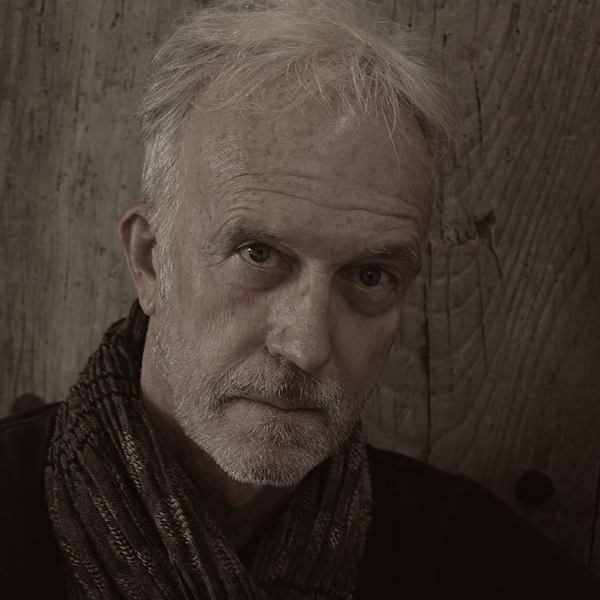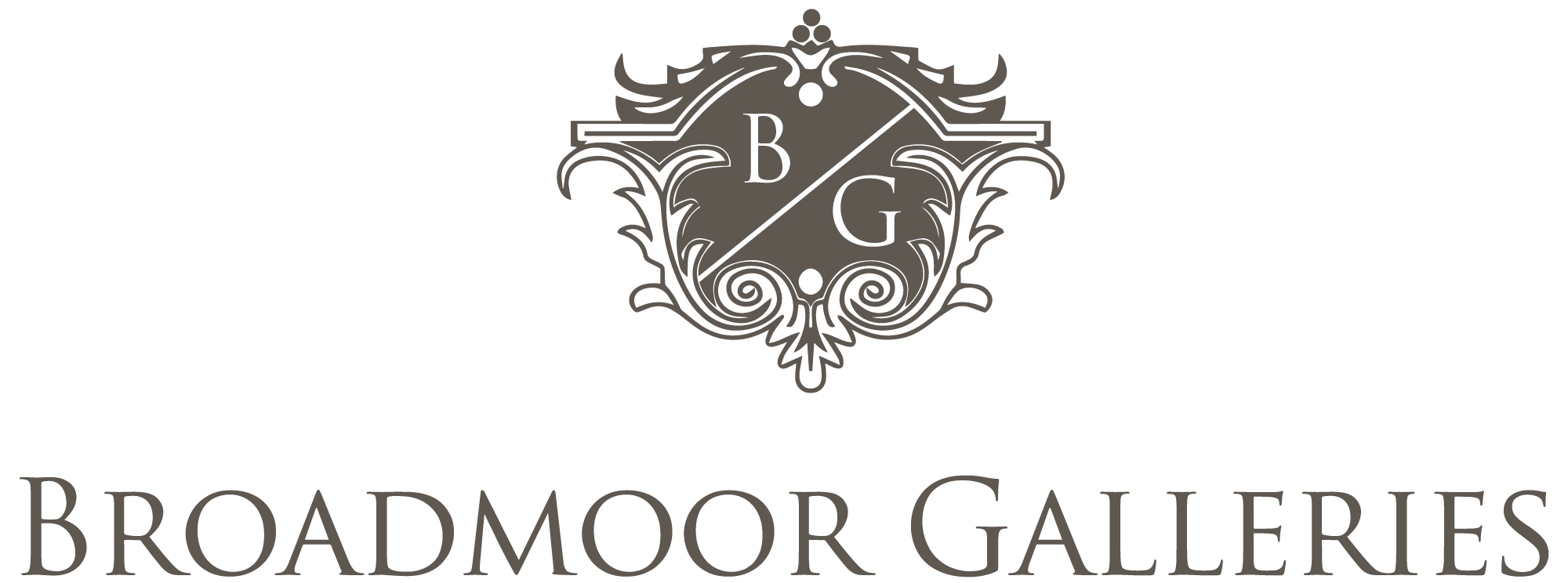BIOGRAPHY

The work of Kirby Sattler is fueled by an inherent interest in the Indigenous Peoples of the Earth. His current images evolve from the history, ceremony, mythology, and spirituality of the Native American. Sattler’s ultra-detailed interpretations examine the inseparable relationship between the Indian and his natural world, reflecting a culture that had no hard line between the sacred and the mundane.
Each painting functions on the premise that all natural phenomena have souls independent of their physical beings. Under such a belief, the wearing of sacred objects were a source of spiritual power. Any object- a stone, a plait of sweet grass, a part of an animal, the wing of a bird- could contain the essence of the metaphysical qualities identified to the objects and desired by the Native American. This acquisition of “Medicine”, or spiritual power, was central to the lives of the Indian. It provided the conduit to the unseen forces of the universe which predominated their lives.
Sattler has developed his painting into a distinctive style of realism. The methodology involves the painstaking layering of transparent washes over multiple under paintings. This technique results in canvases that are rich in detail, defined textures and surfaces. With the deliberate precision given to each work, he produces a very limited number of paintings each year.
ARTIST STATEMENT
I attempt to give the viewer of my work a sense of what these sacred objects meant to the wearer; when combined with the proper ritual or prayer there would be a transference of identity. More than just aesthetic adornment, it was an outward manifestation of their identity and their inter-relatedness with their natural and spiritual world.
















